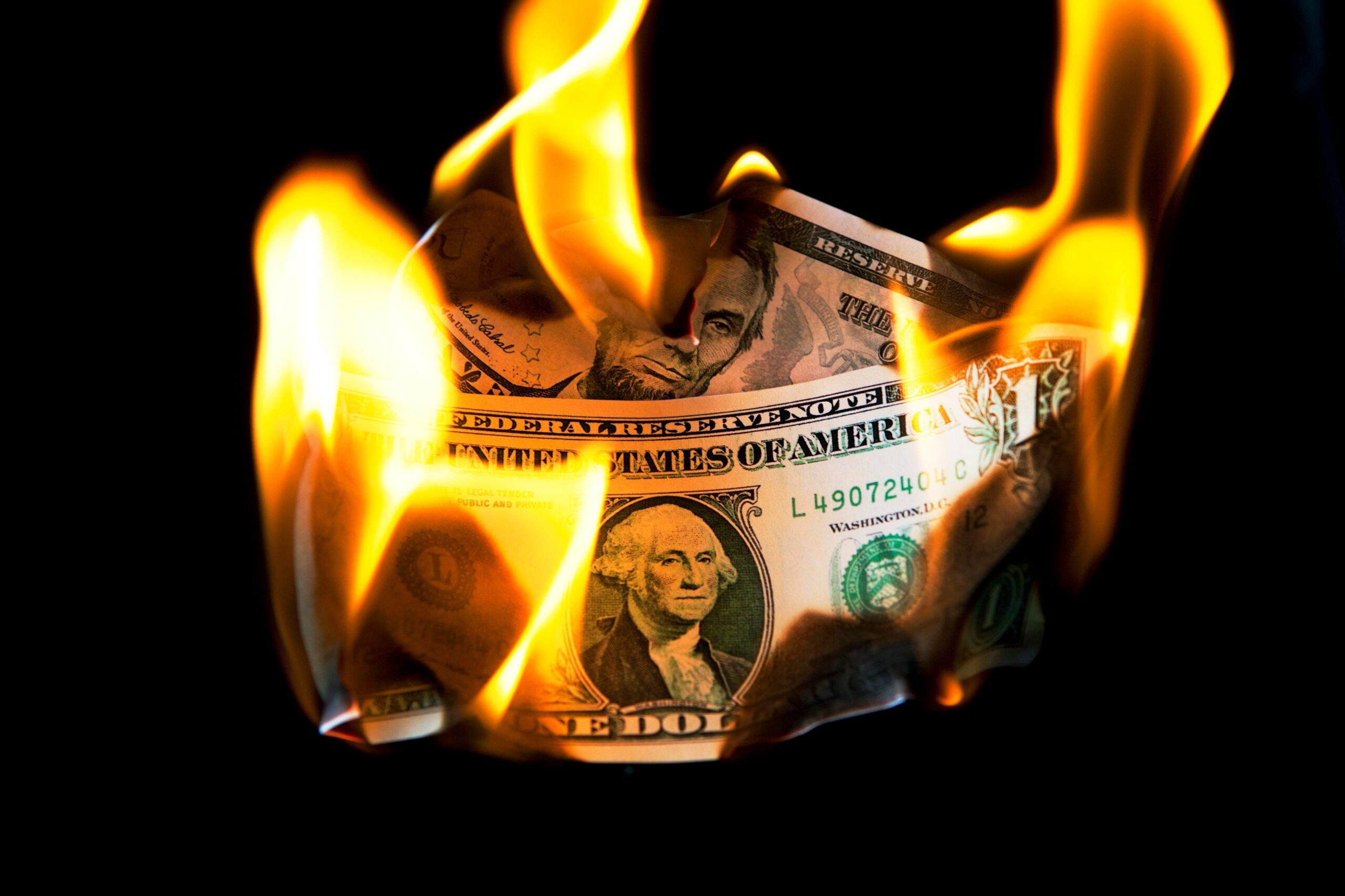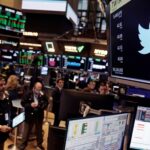
Burning US five and one dollar bills, London, 8th August 2011. (Photo by Tom Stoddart/Getty Images)
I recently interviewed Sundeep Yerapotina, Chief Risk Officer (CRO
What advice do you have for consumers in the current environment? Any advice on managing their existing debt or for those planning to take new loans?
On the positive side, many consumers and households could take advantage of low mortgage rates until a few months back to refinance their existing home loans or purchase new homes. With those rates locked in for the next 30 years, it certainly puts those households in a good position in terms of monthly repayment burden.
Now, it is crucial for consumers to revisit their household balance sheets to account for higher expenses as a result of inflation but also start accounting for higher repayment burdens on their existing variable rate loans and future loans while also planning for any disruption to their income streams in the near future.
Given the high likelihood of a recession within the next year, consumers should strive to build enough savings to withstand loss to their income for up to three or four quarters.
From a credit management perspective, consumers first need to categorize their existing debt based on the nature of credit and interest rates. Debt with a variable interest rate or high-interest rates, like credit cards, should be paid attention to first. Consumers should explore options to consolidate such debts into a fixed, lower-rate loan so that they can lessen their repayment burden. Given the appreciation in home values, it may be wise to take a home equity line of credit at a favorable rate to consolidate these debts. Second, consumers should cut down discretionary spending and delay personal projects, such as non-essential home remodeling, that require taking on additional credit. Finally, there are some credit decisions we may not be able to delay, for example, taking a student loan for a child’s education or a loan for medical emergencies. Consumers should plan to refinance those loans when interest rates fall in the future.
From your vantage point, what are some mid to long-term risks to watch out for?
It is a great question. The United States economy faces a few mid to long-term risks. In my view, the following are a few of the key risks:
MORE FOR YOU
- Geopolitical tensions: Diplomacy and de-escalation of political conflicts will be vital to keep the focus on economic progress and other imminent challenges facing the country such as climate change.
- Sovereign debt: With our national debt exceeding 31 trillion dollars and reaching more than 120% of the GDP, the government and the central bank’s response after the onset and in the aftermath of the next recession, and in the longer term will be critical.
- Sustained trade deficit: The United State’s sustained trade deficit is hurting the overall economy and especially the country’s middle class due to the long-term trend of job loss in many industries, stagnation in wages and real income, lower trade competitiveness of the U.S. industry, and shifts in the balance of power with major trading partners.
- Climate change: The disruption climate change is causing to human living conditions and economic con begs for urgent action. Not to mention its severe impact on our natural ecosystems and the flora and fauna.
- Inflationary pressure due to supply constraints of natural resources: I believe the answer lies in continued innovation in addition to evolving living standards.
- Social and political division: Wealth disparity and the economic strain on the working class will continue to create further differences in views on various topics among segments of our society. The deepening schism will limit consensus on key policy measures. Lack of long-term focus and determined action, for example, on the issues mentioned above, will only heighten those risks.







